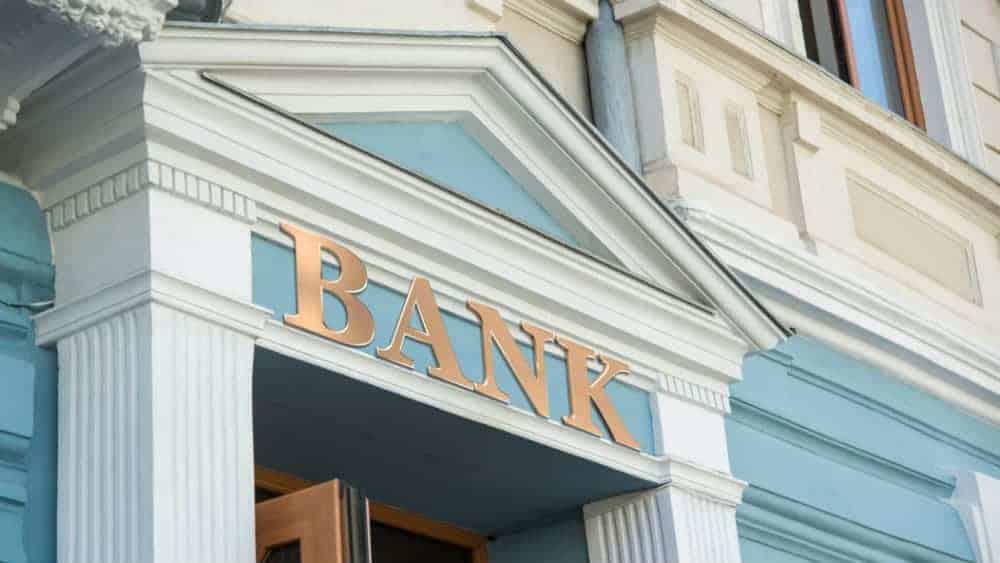If you’ve taken a glance at Canadian Imperial Bank of Commerce (TSX:CM)(NYSE:CM) stock recently, you might have noticed that it has a real monster of a yield. Paying $5.84 a year in dividends on a $107.81 share, it yields a full 5.4%. That’s a pretty good yield in and of itself. In addition, CIBC has a pretty solid history of raising its dividend. Its five-year dividend growth rate is about 5.5% annualized. This year the payout rose from $1.44 per quarter to $1.46 per quarter.
So far so good. CIBC is a high yield stock that has a solid dividend growth track record. What’s not to love?
Well, actually, quite a few things. While CIBC stock has a solid yield, its earnings have declined this year, and it’s still vulnerable to many macro factors. Additionally, its payout ratio is a little high for a bank, and at one point this year was over 100%. None of these factors make CIBC a bad stock. But they do cast doubt on any strategy of simply buying the stock because it has a high yield.
Earnings trend
There’s no way to sugarcoat it:
CIBC’s earnings are way down this year.
The first quarter was OK, with earnings up about 2% on a reported basis and 13% on an adjusted basis. After, that, though, things got ugly. In the second quarter, earnings slid about 71% year over year. In the third quarter, earnings jumped sequentially but remained down year over year. ROE also declined year over year in the second and third quarters.
The biggest culprit in the earnings decline was provisions for credit losses (PCL). CIBC had to increase its loan loss estimates in response to COVID, and earnings predictably tanked. If you take PCL out of the equation, the bank fared much better. According to its second quarter press release, earnings would only have been down 7% if the PCL weren’t in the picture.
Macro concerns
So far, we’ve talked about past trends impacting CIBC’s earnings and dividends. Now, we need to look at factors that will impact the company going forward.
Here, macroeconomic concerns are of paramount importance. Interest rates are presently low, which is negatively impacting CIBC’s revenue. Lower interest rates mean lower profit margins for banks. Lower rates do result in more loan origination, but according to CIBC, the net effect was negative in the second quarter. Add COVID-related credit risks on top of that and you’ve got a pretty risky picture for CIBC in 2020.
Payout ratio
Last but not least, we get to the payout ratio.
In the first quarter, CIBC paid out $1.46 in dividends on $2.63 in earnings. That gives us a 55% payout ratio for that quarter. In the second quarter, things weren’t so rosy. EPS declined to $0.83 per share, the dividend stayed the same, and the payout ratio jumped up to 175%.
On a trailing 12-month basis, most data providers peg CIBC stock at about 67%. That’s not ridiculously high. But it’s high for a Canadian bank, as Canadian financials usually aim for payout ratios in the 40%-50% range. Also, if another lockdown results in a sudden PCL surge, the 12-month payout ratio will go higher. So CIBC’s dividend could be called into question if another round of mass COVID lockdowns materializes.










